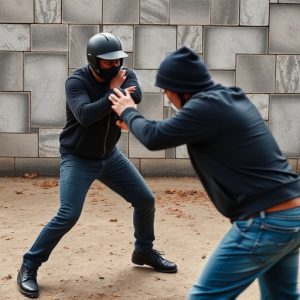Analyze Current Patterns: Your Guide to Buying Effective Stun Guns
When purchasing a stun gun, understanding electrical current spread patterns is crucial. Look for hi…….
When purchasing a stun gun, understanding electrical current spread patterns is crucial. Look for high amperage with low voltage, flat plates or multiple prongs as contact points, reliable triggers, short safe word, effective range (2-3 meters), and LED flashlights for improved visibility. Always choose reputable brands with detailed specs and user reviews to ensure safety and reliability, focusing on uniform current distribution for optimal performance and minimal tissue damage.
Electrical current spread patterns play a pivotal role in understanding the performance and effectiveness of stun guns. This article delves into the intricate dynamics of how electricity moves through these devices, offering valuable insights for consumers. We explore key factors that influence stun gun performance, highlighting the impact of current distribution on their overall efficacy. By analyzing these patterns, buyers can make informed decisions when purchasing a stun gun and ensure they get the protection they need, knowing exactly what to look for.
- Understanding Electrical Current Spread Patterns
- Key Factors in Evaluating Stun Gun Performance
- How Current Distribution Affects Stun Gun Effectiveness
- What to Consider When Purchasing a Stun Gun Based on Current Analysis
Understanding Electrical Current Spread Patterns
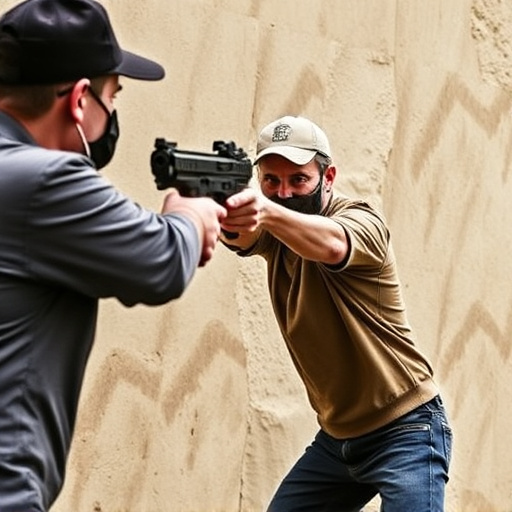
Understanding Electrical Current Spread Patterns is crucial, especially when considering purchasing a stun gun. When analyzing how electric current moves through a target, it’s important to look for specific factors that can impact its effectiveness and safety. The pattern of current spread refers to how the electrical charge dissipates across the body, which is influenced by various elements such as the size and shape of the contact points, the conductivity of the material, and the resistance of the skin.
For stun guns, this translates into understanding where and how the current will flow when making contact with a target. What to look for includes features that ensure precise current distribution, minimizing off-target shock risks while maximizing the impact on the intended area. Understanding these patterns can help users make informed decisions when buying stun guns, ensuring they get a device that delivers the desired level of protection and control.
Key Factors in Evaluating Stun Gun Performance
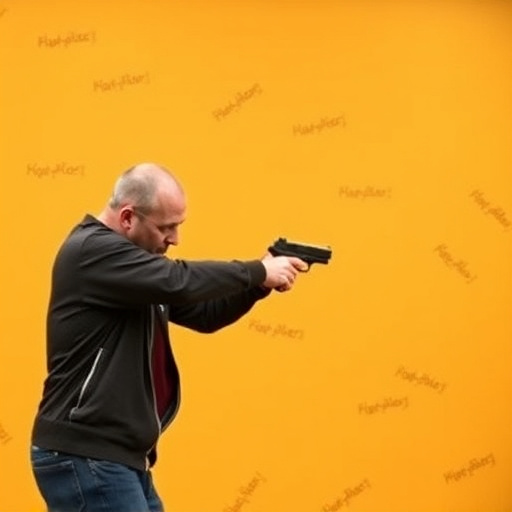
When evaluating stun gun performance, several key factors come into play, especially if you’re considering what to look for when buying stun guns. First and foremost, the intensity of the electrical current is critical. A higher voltage output ensures a more powerful shock, but it’s also important to consider safety features that regulate the current flow to prevent excessive damage or unintended harm. Look for models with precise control over current levels to ensure effectiveness without compromising user safety.
Another crucial aspect is the stun gun’s range and contact time. A longer reach allows for a safer distance between you and the target, while extended contact time ensures the shock has maximum impact. Additionally, construction quality and materials are essential; durable designs with robust components will withstand frequent use and offer reliable performance over time. These factors collectively contribute to understanding how well a stun gun will perform in real-world scenarios, guiding your decision when choosing what to look for when buying stun guns.
How Current Distribution Affects Stun Gun Effectiveness
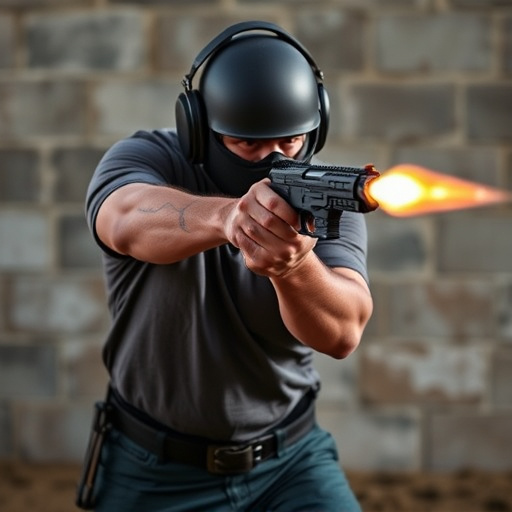
The effectiveness of a stun gun largely depends on how evenly and efficiently the electrical current is distributed across its contacts. When evaluating what to look for when buying stun guns, pay close attention to the design and features that impact current distribution. A well-designed stun gun ensures that a significant amount of electrical current flows through the target area, temporarily incapacitating them.
The spread pattern of the electric current plays a crucial role in this process. Uniform current distribution optimizes the disruption of muscular control centers in the nervous system, leading to immediate muscle paralysis and temporary unconsciousness. Asymmetrical or concentrated current flow may result in uneven stun effects, potentially missing vital nerve clusters or causing excessive damage to surrounding tissue.
What to Consider When Purchasing a Stun Gun Based on Current Analysis
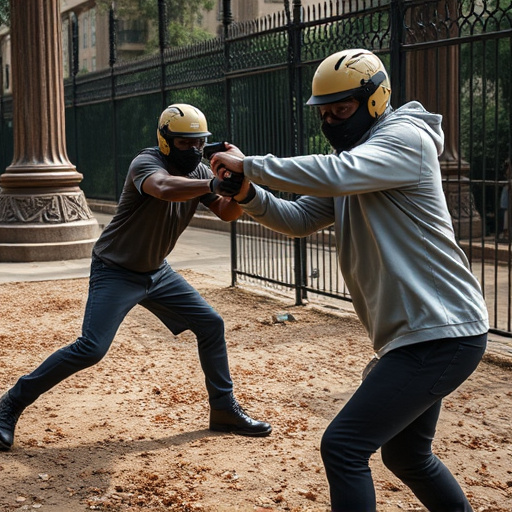
When purchasing a stun gun, understanding how electrical current spreads is crucial for effectiveness and safety. Look for devices that deliver high amperage with low voltage—this ensures a powerful shock while minimizing collateral tissue damage. The shape and design of the contact points are also significant; flat plates or multiple prongs can create a broader area of contact, increasing the likelihood of interrupting an attacker’s muscular control.
Additionally, consider the stun gun’s activation mechanism and range. A reliable trigger mechanism with a short safe word ensures quick deployment. The effective range should be adequate for self-defense scenarios, typically between 2-3 meters. Look for features like LED flashlights, which can disorient an attacker and provide some visibility during night-time incidents. Always opt for reputable brands that offer detailed specifications and user reviews to ensure you’re investing in a safe and reliable stun gun.
Electrical current spread pattern analysis plays a pivotal role in understanding the effectiveness and safety of stun guns. By evaluating how current is distributed, we can better assess performance and make informed decisions when purchasing these devices. When considering a stun gun, look for products that prioritize efficient current distribution for optimal shock delivery while ensuring user safety. Understanding these patterns empowers consumers to choose devices that align with their personal safety needs.
